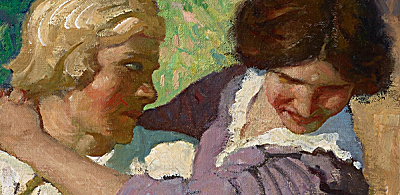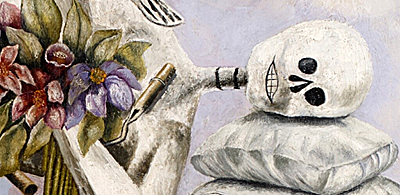That Article or Page No Longer Exists...
Instead check out the latest blog posts below or three random blog posts further down.
Latest Additions to the Blog

AI, the end of Illustration art
I recently came across an illustration of Elon Musk published on a popular news and commentary website. The credit for the likeness read “Image generated

Frida Kahlo and The Dream
The culture vultures have descended. On Nov. 20, 2025 Sotheby’s New York auctioned a 1949 self-portrait by Frida Kahlo. It is titled El sueño (La

Luigi’s Circle Jerk Army
On April 13, 2025, the antediluvian punk rock band from Los Angeles, the Circle Jerks, performed at the Coachella Valley Music and Arts Festival. Singer
Three Random Blog Posts
“…. A Purely Artistic Government”.
When I was a 10-year-old in 1963, the very first record I purchased on my own was a recording of the Peer Gynt Suite by
Glitter and Doom at the NY Metropolitan
If there was ever an exhibition of historic artworks with more resonance in today’s world, I’m sure it couldn’t beat Glitter and Doom: German Portraits
Art Contest: BP Logo Redesign
As BP’s broken underwater oil well in the Gulf of Mexico continues to gush over 100,000 barrels of oil per day into the fragile ecosystem,

